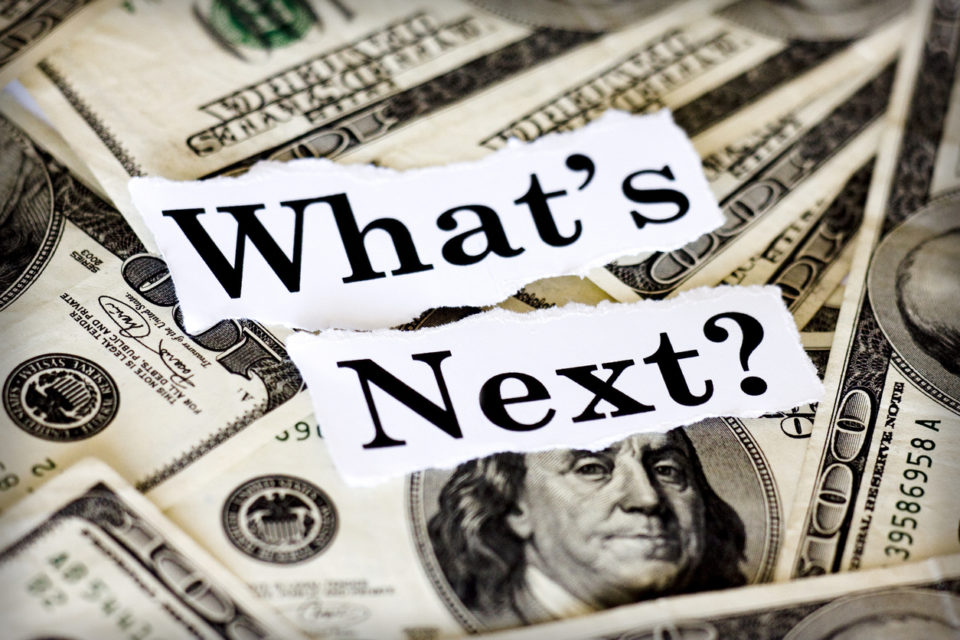

“IF” is always the question.
NADA was disrupted by a record January snowfall in New Orleans, and the local weatherman was probably the happiest person in Louisiana. Why? For once the snow actually fell. In the South, we have more days off when everything was ordered closed in anticipation of snow that never came. Kids get the day off from school, and working parents are not happy, especially when the weatherman says “If the wind hadn’t changed, if temperatures had dropped, if the humidity went up, etc.,etc.”
The distance between “IF” and “WHEN” is too often over-crowded with circumstances – and negativity. Worry plays better than the confident mindset that no matter what – if and when it happens – you can prepare to survive, and thrive. Auto dealers are no strangers to challenging circumstances: Auto Strikes, Railway Strikes, Steel Strikes, Supply Chain disruptions, Interest rates, Oil embargoes, COVID-19, when are we not facing a challenge? And here we are with a tariff in the forecast.
Don’t Buy the Noise Pollution
The effect of the proposed tariffs on Canada, Mexico, and China would have an effect on consumer prices of many items-but at the top of the list – automobiles. Some articles have pegged the potential cost increase between $1000 and $9000. The brands, plants, and workers affected significantly- or possibly not at all- are in a state of flux, and if you are included, the guesstimates for actual impact are as broad as the projected cost increases. The negative coverage, if made into a movie, would surely merit the title Carmageddon! Don’t buy that ticket! Focus on the facts that you know, keep your head on straight.
March into Selling Season
The tariff is currently on a 30-day pause and hopefully, concerns will be much ado about nothing. If the tariff were to be imposed, the first price increases would not appear for another 60 days. All of that is to say, the doors of your dealership open every day to sell vehicles. The yearly sales forecast for 2025 is between 16 and 17 million people buying a car. One of the peak selling seasons kicks off in March, and it sets up perfectly as a five-Saturday month with three pay periods. Daylight Saving Time begins on the 9th, and tax returns show up in mailboxes. The Associated Press reported just this week that the IRS says average refunds are 30% higher than last year. Labor Department data released at the same time showed that the growth rate of household disposable income after taxes and inflation rose to 2.8% in the fourth quarter from 1.1% in the third quarter — this was the result of higher wage gains, meaning consumers had more to spend. And one big ‘if’ comes with a potential confidence boost in consumer spending, especially on big-ticket items like cars, trucks, and SUVs. Investopedia data shows during this period of peak demand, a vehicle’s average sale prices can rise by 10% to 15%.
Will the tariff go into effect? Will New Orleans have another 100-year snow? Will you have the best March in years? It’s a fact – preparation time is never wasted time. Prepare for success!
Posted
John Paul Strong
John Paul Strong combines his two decades of automotive marketing experience with a team of more than 150 professionals as owner and CEO of Strong Automotive.
Explore
Recent Posts


The New Battleground: Reputation as a Core Channel

Meta’s New AI Tools Put Brands in the Fast Lane
Archive
